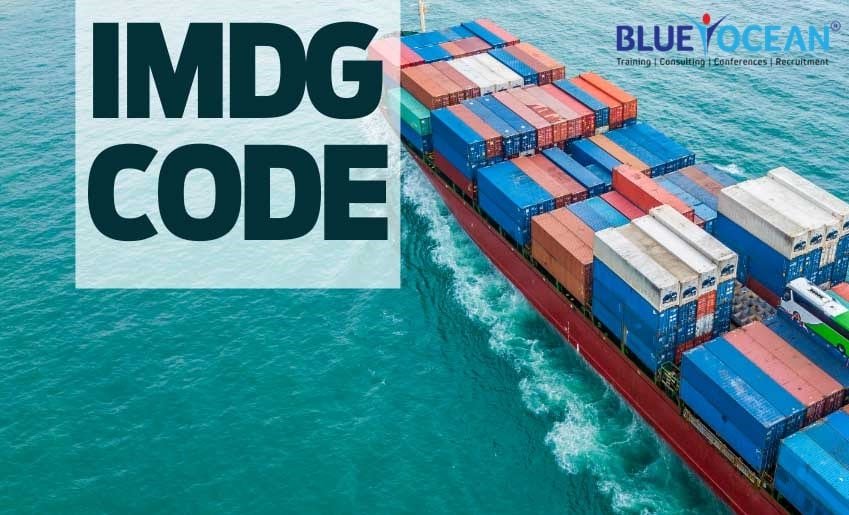The program is centered around as to understanding the IMDG code and as to how to use it by familiarizing and refer the IMDG code Vol 1 and Vol 2 .
WHO should attend:
It’s meant for Shore-based personnel engaged in the transport of dangerous goods intended to be transported by sea must have a knowledge as to how to refer and use the IMDG Code Vol 1 and Vol 2.
Course Objectives:
- The purpose of the training will be to provide practical guidance and instruction on how individuals can refer the IMDG code
- Apply the IMDG Code instructions
- The training process provides the knowledge to ensure that the staffs level of competency is improved in their scope of activity related to understand the handling of the IMDG code volumes
- Learn to classify dangerous goods
- Learn to Identify Proper Shipping Names of dangerous goods;
- Learn about Marking, label, or placard dangerous goods;
- Learn how to prepare Multimodal DG Declaration;
- Learn about packers documentation
What you will gain:
- Know How to refer the IMDG code vol 1 and Vol 2
- Better understanding of the D G declaration for Multi modal shipment of D G Cargoes
- How to prepare the D G Declaration
- Understanding as to how container packing need attention and care
Course Outline:
| 1 | Classification of dangerous goods – IMDG code amendment 40 20 | Day 1 |
| 1.1 | Identifying the hazard by classification | |
| 1.2 | Summary of UN Classification | |
| 1.3 | Importance of appropriate packaging | |
| 1.4 | The Key requirements for safe packaging | |
| 1.5 | Packaging choice and selections | |
| 1.6 | Packaging instructions | |
| 1.7 | Types of Packaging | |
| 1.8 | UN Markings on packages | |
| 1.9 | Marking and Labelling of packages | |
| 1.10 | Limited quantity and Excepted quantity marks | |
| 1.11 | Information the shipper is required to present @ booking | |
| 1.12 | Identification and display of dangerous goods details | |
| 1.13 | Universal details required in a DG cargo booking | |
| 2 | Packing the cargo transport unit | Day 1 |
| 2.1 | Pre Packing assessment | |
| 2.2 | Creating a stow plan for the packers | |
| 2.3 | Checking the condition of the cargo transport unit | |
| 2.4 | Stacking capacity of Packages – 20′ verses 40’CTU | |
| 2.5 | GAP stacking for air circulation | |
| 2.6 | Packing drummed cargo into cargo transport unit | |
| 2.7 | Packing od dangerous goods on pallets | |
| 2.8 | Securing cargo inside the CTU | |
| 2.9 | Lashing cargo inside CTU | |
| 2.10 | Packers documentation | |
| 2.11 | Placarding and marking cargo transport unit | |
| 2.12 | The purpose of packing certificate | |
| 2.13 | Who signs the packing certificate | |
| 2.14 | Packing certificate on a combined document |


